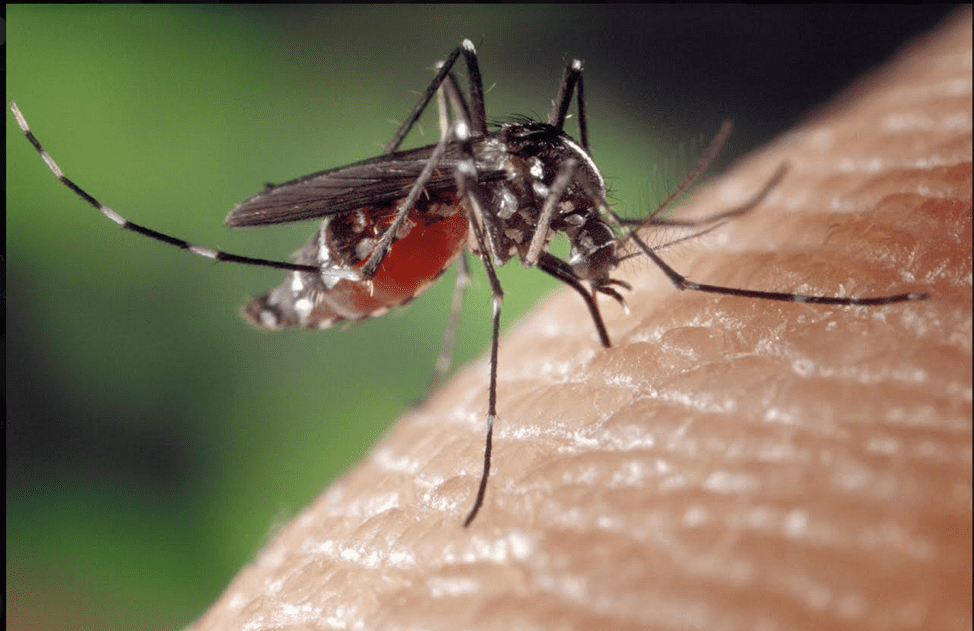Animals are not usually capable of harnessing the sun’s energy—that’s plant business. But the solar-powered sea slug Elysia chlorotica, commonly known as the eastern emerald elysia, is evidence that the ability to steal has its advantages.1 In the wild world where natural selection and survival of the fittest reigns supreme, theft can be a way of life.
This sea slug eats algae, but instead of breaking down all the components of the algae during digestion as most animals do, it carefully passes some components—the intact algal chloroplasts—into cells lining the slugs back. This phenomenon is called “kleptoplasty,” which basically means “organ theft.” Chloroplasts are what make plants green; they’re what plants rely on to turn solar energy into usable carbohydrates. Chloroplasts are the only way to perform such a feat; without them photosynthesis is not possible.
The eastern emerald elysia’s kleptoplasty results in the green coloration apparent in the photo above. With such an advanced trait, the slug can last its lifetime of about ten months after eating for only a couple weeks; the energy provided by the chloroplast sustains the slug afterwards. So, the eastern emerald elysia is literally stealing the sun-soaking organs of algae to help it survive with limited food.
Kleptoplasty does exist in other groups of animals, but sea slugs offer the most profound examples. Another such fantastic thieving sea slug is Aeolidia papillosa, or the common grey sea slug, which eats sea anemones and uses their stinging cells for its own protection.
Complex traits like kleptoplasty (or like the presence of eyes2 or feathers3) might begin as useless features, but may evolve slowly over generations to provide enormous advantages for an organism. According to a study on evolution from scientists at Chiba University in Japan, chloroplast theft likely arose as a useless trait in an ancient lineage of sea slugs. In this case, the chloroplasts would have been diverted away from the digestive tract – but then they’d just sit there; they would not donate sugars produced from photosynthesis to the host animal. Eventually, this group of sea slugs evolved to harness the sugar produced by the chloroplasts, defining a new unique lineage of solar powered sea slugs, which we call the Plakobranchacea.
Progression from non-functional kleptoplasty to useful kleptoplasty can be compared to how feathers transformed from simply keeping birds either insulated from the cold or making them look pretty into something birds couldn’t fly without. In effect, the Plakobranchacea are like the earliest dinosaur-birds that were able to fly.
Gaining a unique and highly advantageous trait opens up new opportunities for survival and reproduction that were never accessible before. Organisms can take full advantage of these opportunities, or niches, by further evolving and specializing. Pre-existing variation in the population can provide unique access to food, mates, or safety. For example, an individual could have a preference for eating one type of algae that may provide high yields of sugar but require intense sunlight, whereas another individual could prefer a different type of algae that provides longer lasting nourishment and can withstand darker waters. This opportunity to specialize can enable a small group of organisms to experience an explosion of diversity, branching from the ancestral population – as in the famous example of Darwin’s finches.
Because kleptoplasty can be applied to such diverse organs as chloroplasts and stinging cells, the potential for innovative applications are vast. New, varying types of sea slugs could become stable species by adapting to previously untapped niches. In this regard, Plakobranchacea could grow into a large taxonomic clade, similar to how the evolution of feathers developed one small group of dinosaurs into the entire class of birds.
References
- Maeda, Taro, Tadashi Kajita, Tadashi Maruyama, and Yoshiaki Hirano. “Molecular Phylogeny of the Sacoglossa, With a Discussion of Gain and Loss of Kleptoplasty in the Evolution of the Group.” Biological Bulletin. 2010
- Schwab, I. “The evolution of eyes: major steps.” The Keeler lecture 2017: centenary of Keeler Ltd. Eye. 2018
- Yanhong Pan, Wenxia Zheng, Roger H. Sawyer, Michael W. Pennington, Xiaoting Zheng, Xiaoli Wang, Min Wang, Liang Hu, Jingmai O’Connor, TaoZhao, Zhiheng Li, Elena R. Schroeter, Feixiang Wu, Xing Xu, Zhonghe Zhou, Mary H. Schweitzer. “The molecular evolution of feathers with direct evidence from fossils.” Proceedings of the National Academy of Sciences. 201
-
Andrew is a Ph.D. student at the University of Chicago, studying immunology.
View all posts






